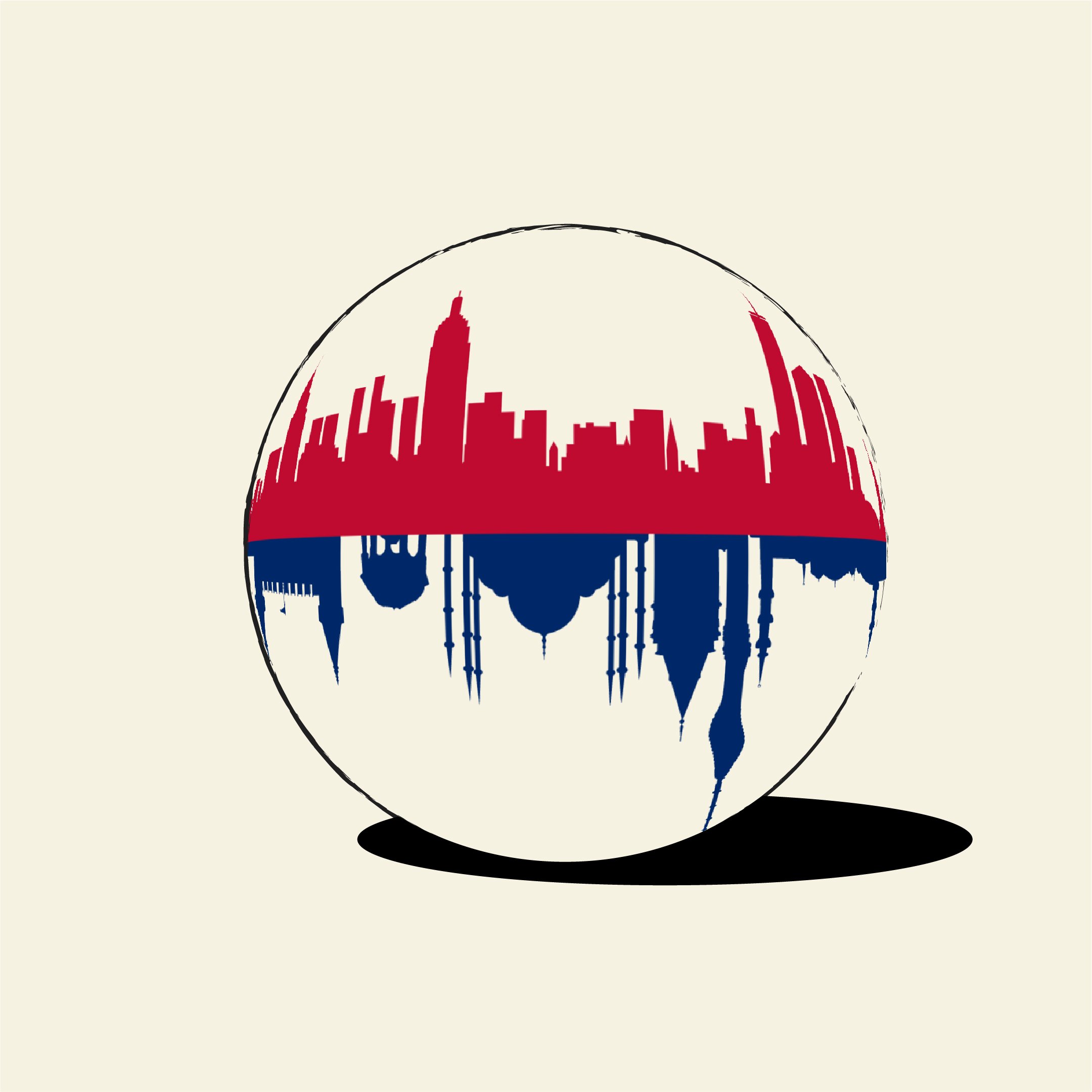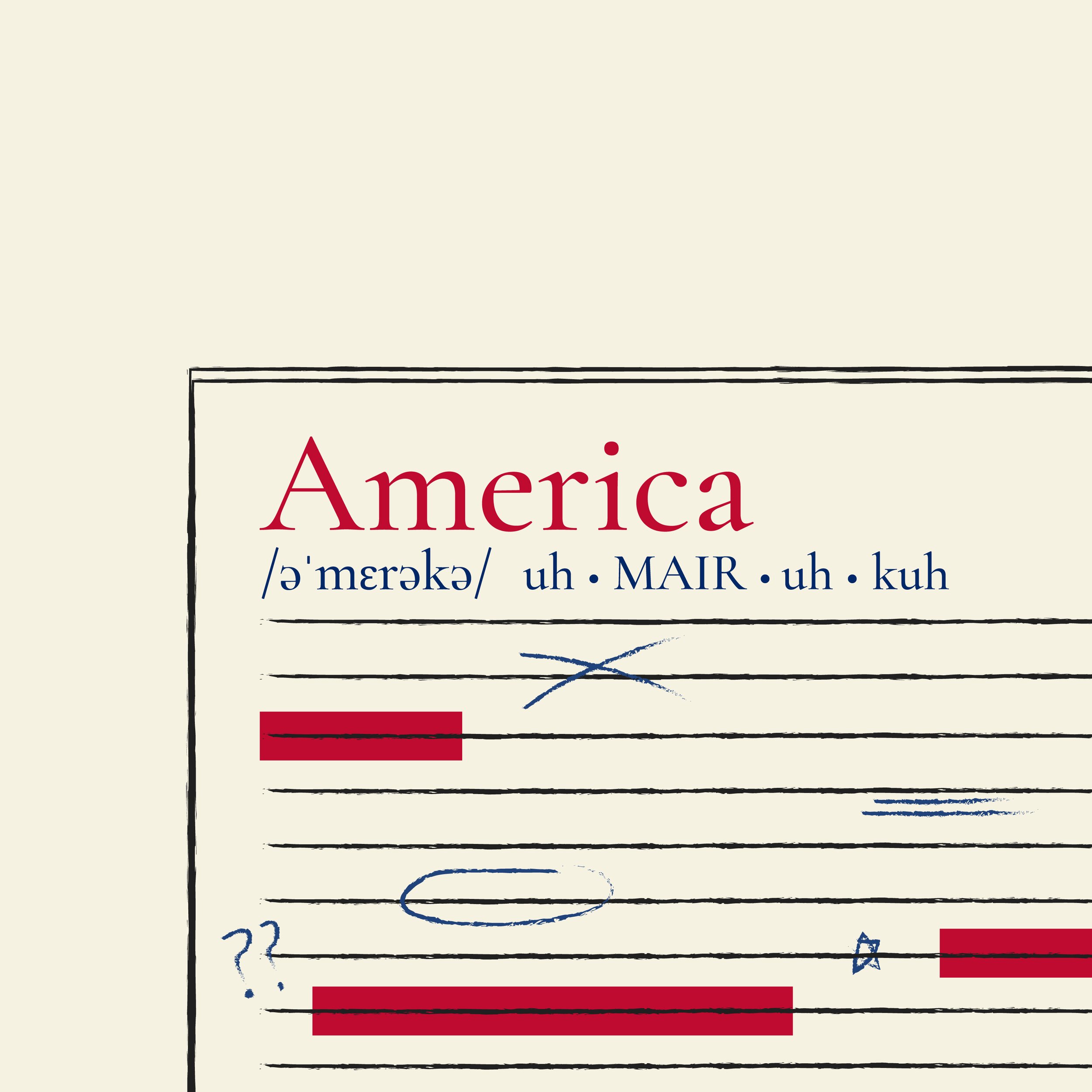Meet You at Kmart
On Guam, the struggling retail giant is the place to be.
OCTOBER 24, 2024
Guam’s Kmart is right on the island’s main highway, close to the tourist district and the airport. When I visited the Friday before Labor Day, the area around the store’s entrance was stacked floor to ceiling with anything and everything you might want for a holiday weekend: coolers, barbecue grills, cases of craft beer, tents, beach chairs, beach towels, umbrellas, cases of soda, 60-ounce jugs of soy sauce, bags of chips. Inside the 168,000-square-foot facility, stands set up in the wide aisles presented some of the store’s bestsellers, including chocolate chip cookies, swimwear, bed frames and microwaves. Tourists’ carts and baskets were loaded with Guam-branded gifts and trinkets for families and friends and co-workers: chocolate candies in boxes covered in palm trees, clothing, magnets, tote bags, cellphone cases, bottle openers, beer and more—all with the word “Guam” scrawled across its packaging. A popular item: “I ❤️ Guam Kmart” T-shirts.
Earlier this month, the last full-size Kmart in the contiguous U.S., located on Long Island, shuttered. Today, only five Kmarts remain on American soil: one in Florida, three in the U.S. Virgin Islands — and this one, on Guam.
For most Americans of a certain age, Kmart lies in the same memory file as Sears catalogs and floppy disks. The first Kmart-named store opened in the 1960s; by the early 1990s, the big-box chain’s heyday, there were more than 2,300 branches across the United States, as well as stores in Canada, the Czech Republic and other countries. Customers were drawn to Kmart’s low prices and vast inventory, and especially to its famous “blue light specials,” when products would be marked down even further for 15 minutes. With no warning, the special would be announced over a loudspeaker, while a blue strobe light flashed next to the reduced item, guiding shoppers like moths to a flame. But by the turn of the millennium, customers could find lower prices at Walmart and better quality at Target, and Kmart’s sales were down. In 2002, Kmart filed for bankruptcy and announced hundreds of its stores would close. Earlier this month, the last full-size Kmart in the contiguous U.S., located on Long Island, shuttered. Today, only five Kmarts remain on American soil: one in Florida, three in the U.S. Virgin Islands — and this one, on Guam.
Since it opened in 1995, the Guam Kmart has been both a mainstay for residents and an attraction for tourists. More than 6,000 miles from the contiguous United States, it’s a little piece of America in the middle of the North Pacific Ocean — on an island that is itself a little piece of America in the middle of the North Pacific Ocean.
Guam, current population around 170,000, was settled by the Indigenous Chamoru people more than 3,500 years ago. Since 1898, the island has been an unincorporated territory of the U.S. (with the exception of two-and-a-half years during World War II when it was occupied by Japan). This puts it in a specific limbo. The island’s inhabitants are U.S. citizens by birth, and subject to U.S. federal laws. But Guam residents cannot vote for the American president. Though the island has a representative in the U.S. House of Representatives, that representative does not have a vote. The local government has been taking steps towards self-determination since the 1980s — but there has been no definite assurance that the U.S. will honor Guam’s choice, if residents do vote for independence, or to redefine their relationship with the U.S. in another way.
Perhaps it is this unique backdrop that has allowed Guam’s Kmart to escape the fate of its shuttered sister stores. The island’s economy is highly dependent on tourism. Pristine beaches draw thousands of tourists to Guam each year, most of them from South Korea and Japan. Visitors are charmed by the showcase of American excess that the Guam Kmart offers. And without competition from a Walmart or Target on the island, residents continue to shop at Kmart as they have for the past 29 years.
The store’s grand opening, in May 1995, was an island-wide event. “The store famous for it’s [sic] blue-light special has traveled thousands of miles to provide Guam with yet another piece of mainland Americana,” reported the Pacific Daily News. Guam had had a McDonald’s since 1971, and a Hawaii department store had opened a branch in the early 1990s, but Kmart was the first large retail chain to come to the island.
On opening day, the local police department was tapped to direct traffic throughout the day; even so, cars were backed up for miles as they tried to get to the store. Students skipped school and some residents made a day of it, settling in the store and calling their friends to meet up and share a slice at the Little Caesars pizza shop inside.
From the beginning, the Guam Kmart has had to offer something slightly different from other branches. “All things that are successful in ‘Anytown USA’ are not successful in Hawaii or Guam and Asia,” warned Paul Brewbaker, a Hawaii-based economist, in the Pacific Daily News article. Guam’s Kmart has always had a dedicated section for tourists, stocked with souvenirs, Hawaiian-print clothing, snorkeling gear, luggage and prepackaged food. Alongside the Martha Stewart homeware, Kraft mac and cheese boxes and Tide laundry detergent, the store sells Mr. Brown canned iced coffees imported from Taiwan and guyuria, a traditional Chamoru cookie. In the grocery section, there are shelves upon shelves of Spam, a Guam staple since World War II: in the immediate aftermath of war, when Guam’s land had been devastated, American forces provided canned meat to the malnourished population as they reoccupied the island. Today, Guam is one of the highest consumers of Spam, per capita, in the world.
Since the store’s opening, more pieces of mainland America have staked a claim on Guam: eight KFCs, three Ross discount stores, a Home Depot, an Olive Garden, an Applebee’s, an IHOP. But it’s Kmart, open 24 hours a day, that residents count on to supply them with whatever they need, whenever they need it. In 2009, a dozen students from George Washington High School were turned away from their prom for wearing dresses deemed too short; they drove up the road to Kmart to buy new outfits before returning to the hotel ballroom for the dance. For a few years in the 1990s and early 2000s, the store invited underprivileged children to visit and pick out $100 of merchandise as part of its annual “Give a Child a Christmas Smile” campaign. In September, the island’s only animal shelter partnered with Kmart to host an in-store adopt-a-dog event and donation drive.
In 2009, a dozen students from George Washington High School were turned away from their prom for wearing dresses deemed too short; they drove up the road to Kmart to buy new outfits before returning to the hotel ballroom for the dance.
Of course, Kmart’s prices are a big part of what keeps locals coming back. Every Thursday the store prints flyers with that week’s deals and offers, and every Friday there’s a pizza promo: $5 for a 12-inch. When I visited, customers who purchased three cases of soda could get a free umbrella — well-timed, since Labor Day is right in the middle of the island’s monsoon season. A section selling items for $1.50 contained utensils, dog toys and school supplies.
It can take weeks for merchandise to arrive by boat from the United States or other countries. One of the curious effects of this delay is that Guam residents like a sale even more than the average person. “It’s their mentality of thinking, ‘Oh, I have to get it now because when are we going to get it [again]?’” a longtime Kmart employee told me. She added that, after the past couple of years of inflation, many are also worried about future price hikes.
By the entrance, Saori Ishikawa, a Japanese Instagram influencer, surveyed the store, dressed in a white satin ruffled tube top and a denim maxi skirt. Training her vlog camera’s lens on her face with one hand, she held a wireless microphone up to her mouth with the other as she described the scene around her, before panning the camera to show her 31,000 fans. After she finished recording, she told me she had come to the Kmart specifically to compare it to the Village of Donki, the new Japanese superstore that had opened down the road. Kmart was her first stop, and she was struck by how big it was, she said. But Village of Donki, a branch of the Japanese discount retailer Don Don Donki, is bigger still, with some 247,000 square feet of retail space. It has a daiso store (the Japanese equivalent to a dollar tree), a food court, a spacious lounge with free WiFi, a drink bar, a powder room and a place for travelers to rest before they head to the airport — all in addition to a big-box store that sells everything from cosmetics to camping gear to groceries.
I asked a Kmart employee, who had worked there since the 90s, how she felt about this new kid on the block. “They have nothing on Kmart,” she said.
PHOTO: “Kmart in Guam”, 2019, Daniel Ramirez (via Wikimedia)




